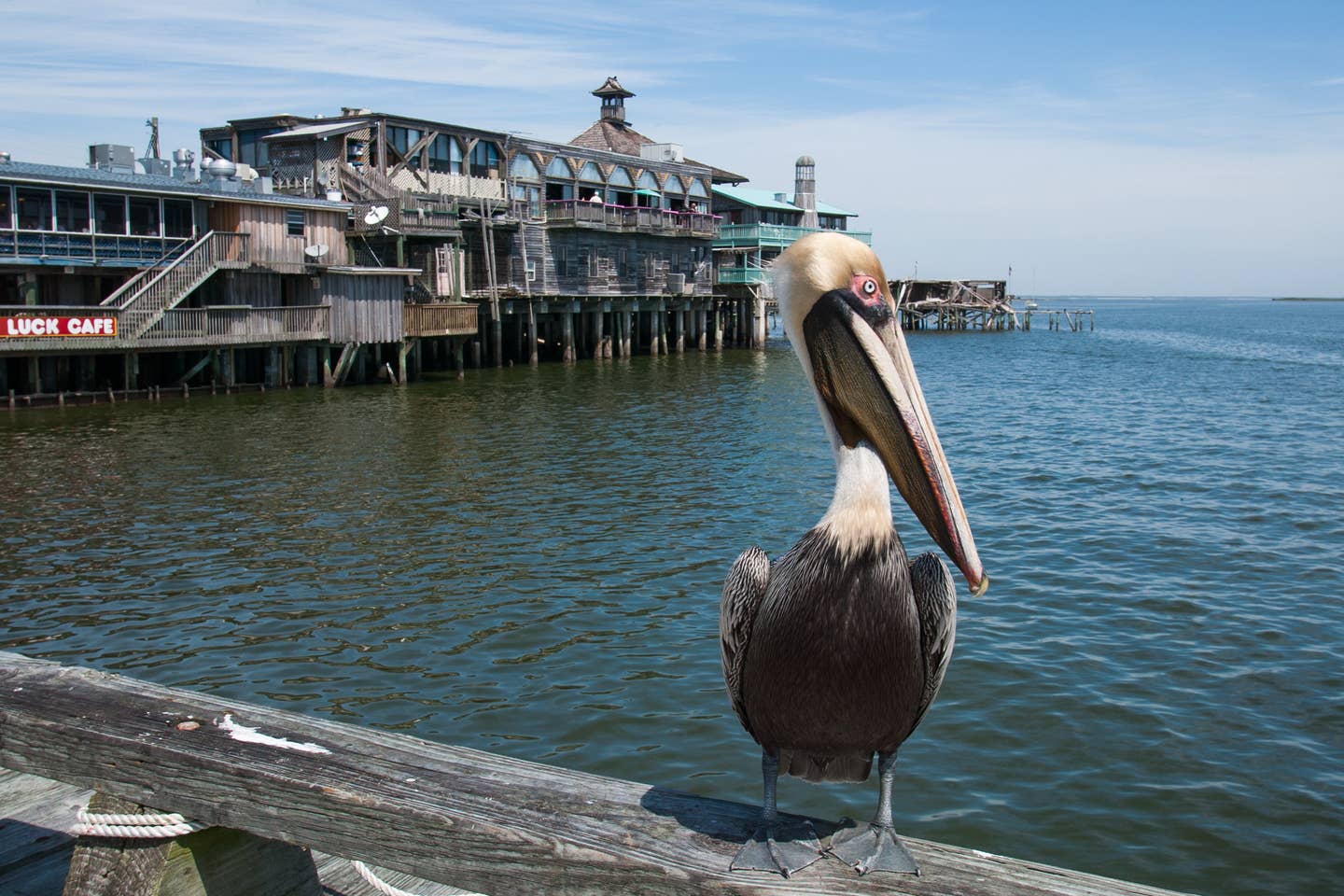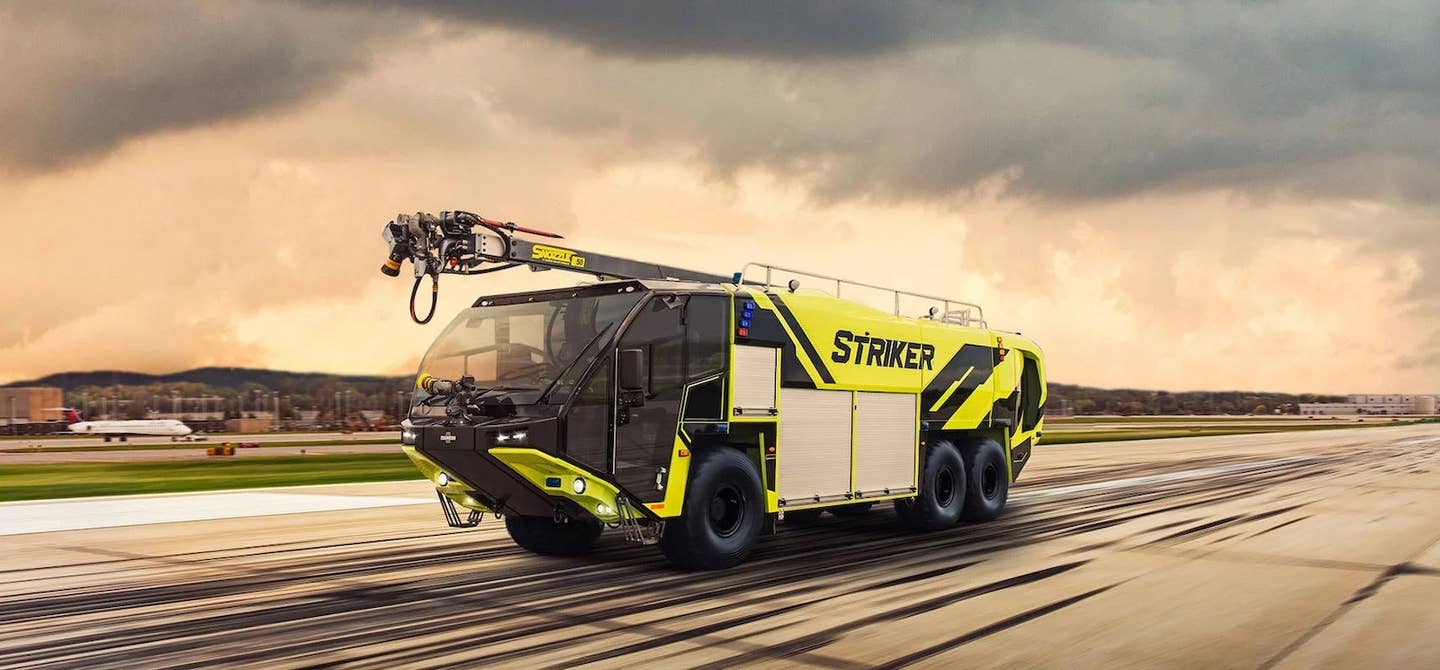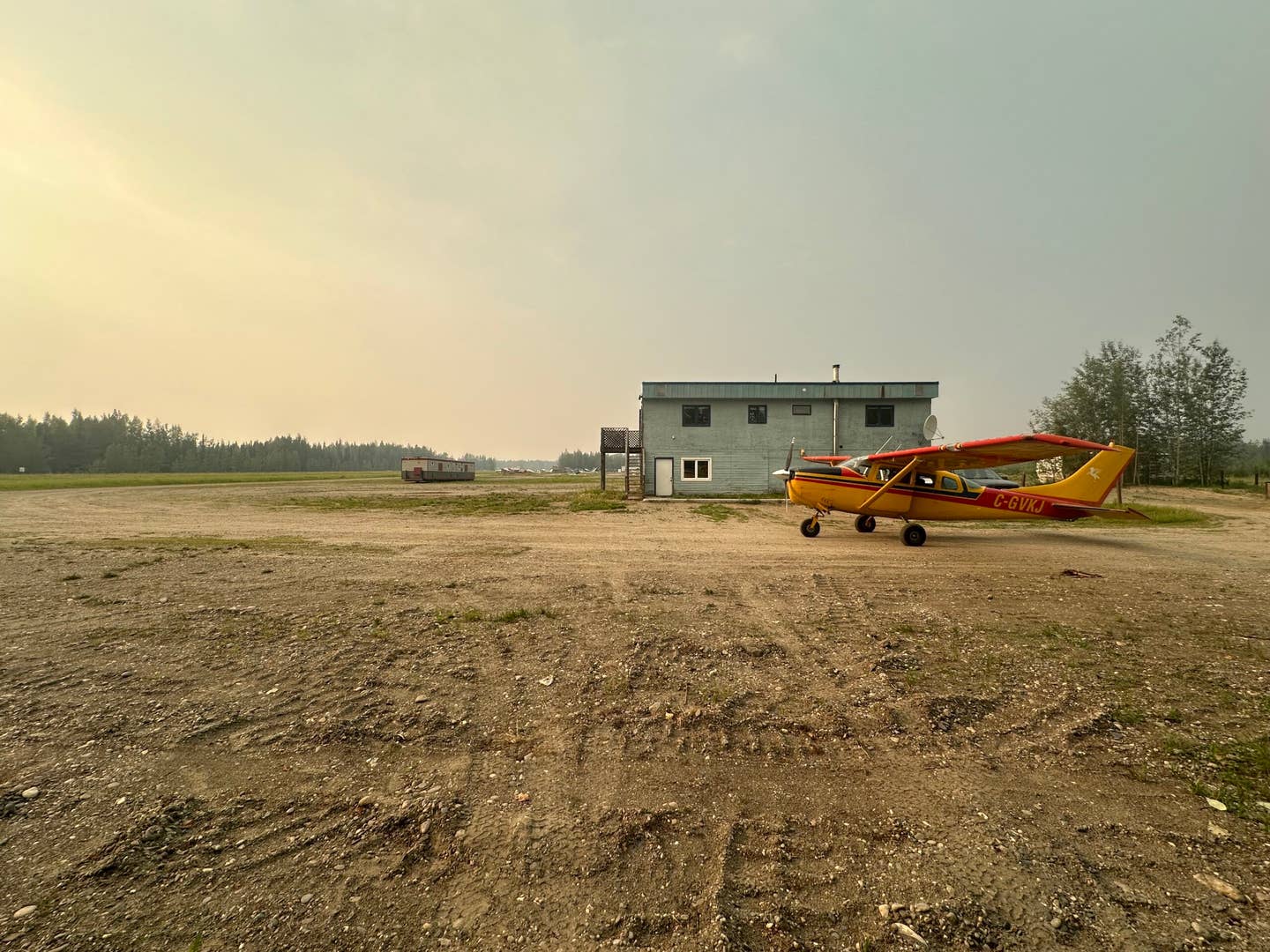Five Flying Destinations Offering Winter Warmth
FLYING looks at interesting spots where frost belt folks can break winter’s grip.

A brown pelican at one of our favorite winter destinations, Cedar Key, Florida. [File Photo: Adobe Stock]
I love winter flying for the scenery, the less-crowded skies and because airplanes generally like it, too. Cold, dry air in my Northeast region this time of year often brings density altitudes of minus 1,500 feet msl or lower, giving engines a bit more power and wings a little more lift. When the conditions are right, my club’s Cessna 172 accelerates and climbs almost like a hot rod.
But it’s still winter, and the bone-chilling preflight routine and drawn-out minutes in the cockpit before the heater kicks in can make one wish for warmer surroundings. Well, having an airplane means never having to wish, sort of. It is possible to fly south, find the sun, and switch to short sleeves in a few hours—or at least the same day.
We have gathered five tempting destinations for pilots enduring winter’s wrath across the U.S., focusing on spots that are close to local attractions. In some cases there is a lot to see without even leaving the airport. Here are our picks:
Palm Springs International (KPSP)
Despite having “international” in its name, the main Palm Springs airport often has more of a municipal feel that is friendly toward general aviation. Several years ago, I recall watching what seemed like a parade of GA airplanes taxi by as my commercial flight waited for another jet to clear the gate.
Whether you like golf, hiking, biking, dining, or tours of mid-century Modernist architecture, Palm Springs is full of options. Several of its popular hotels, such as the Ace and Skylark, are restored gems from a 1960s dream. But you’ll have to get out of the airport first, and that might be difficult if you stop at the on-site Palm Springs Air Museum, which has dozens of aircraft, mostly military, on display. They give rides, too, ranging from $99 in a Douglas C47 Skytrain to $4,995 in a Lockheed T-33 jet trainer.
St. Simons Island, Georgia (KSSI)
When you taxi to the FBO at McKinnon St. Simons Airport, you are also essentially parking at a hotel, which is next door. You can stay there or at a number of historic hotels in the area. Accommodations also include lodges, cottages, and high-end resorts.
St. Simons is part of Georgia’s Golden Isles area, which includes three other barrier islands— Sea Island, Jekyll Island, and Little St. Simons—and the historic mainland port city of Brunswick. Jekyll and Brunswick also have airports. The area’s attractions range from golf, beaches, fishing, and other watersports to forests, nature trails, and historic landmarks dating to colonial times. History buffs can visit the Bloody Marsh battle site where, in 1742, British troops defeated a larger Spanish force in part of a larger conflict over control of sea and inland water routes.
Marfa Municipal Airport (KMRF)
Don’t forget to set your altimeters! Airport elevation is 4,848 feet.
We have friends from Maine who spend winters in Marfa, Texas, and we wondered why until we looked into it. The small West Texas desert city is known as a hub for the arts. The Chinati Foundation, founded by artist Donald Judd and opened to the public in 1986, displays large installations at the former site of Fort D.A. Russell, a U.S. Army cavalry post. The Ballroom Marfa arts center hosts exhibitions, concerts, and other cultural events, including Marfa Myths, an annual music festival.
But Marfa is really all about the festival. The Marfa Lights Festival is another annual gathering featuring food, and live music, but this one is steeped in mystery. Beginning in the 1800s, people have reported seeing blue, red, or white lights on the horizon to the southeast of town. People have long debated over the source of the lights, which appear in an uninhabited area without roads passing through. Today, there is an observation platform outside of town from which one can sometimes spot the lights.
New Orleans Lakefront (KNEW)
New Orleans may seem like an obvious winter destination for frost-belt dwellers, but the airport you choose can have a significant effect on the overall experience of visiting this unique city of music, food, and culture. Lakefront Airport (KNEW) is closer to the city center than the larger, more modern Louis Armstrong International (KMSY), and arguably expresses more of the local spirit. February events include Tet Fest, a celebration of the Vietnamese New Year, and Greek Feast, a drive-through food festival.
Landing at Lakefront is like flying back in time to aviation’s golden age. Built in 1934 on a huge man-made peninsula extending into Lake Pontchartrain, the airport was intended to be a transportation “hub of the Americas.” Its construction was a huge project for its time and Lakefront’s art deco terminal, still standing today, hints at the field’s importance before World War II.
George T. Lewis Airport, Cedar Key, Florida (KCDK)
Check the “airport information” tab on the airport’s website and you get a sense that Cedar Key is a place where you tie down the airplane and get back to nature, exploring the walking trails and observing the wide range of bird life for which the area is known. From the air, the runway appears to be among the largest examples of development in the area. That’s because much of the land around it is a nature preserve. The nearby Cedar Keys and Suwannee National Wildlife Refuges are marked on the sectional chart and pilots are asked to fly above 2,000 feet agl while over the refuge or the national park for noise abatement and to avoid bird strikes.
The Cedar Key Museum State Park includes a 1920s home and artifacts that reflect the area’s history as a busy port. The Historical Museum looks into the town’s past through photos, documents and relics from the Civil War. The airport still gets busy during the annual local Fine Arts Festival and Seafood Festival, and during the Sun n’ Fun Aerospace Expo in Lakeland. The airport website says camping by your airplane is not allowed, “but not rigidly enforced.”

Subscribe to Our Newsletter
Get the latest FLYING stories delivered directly to your inbox






